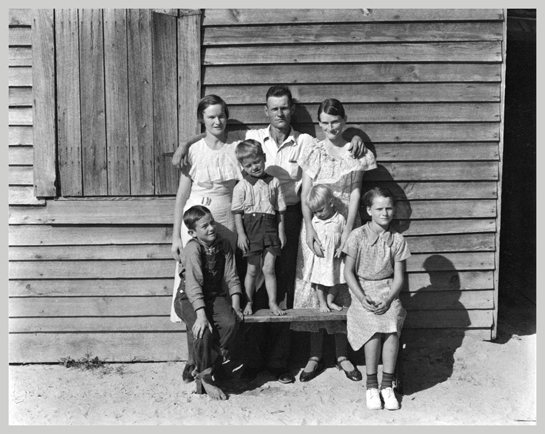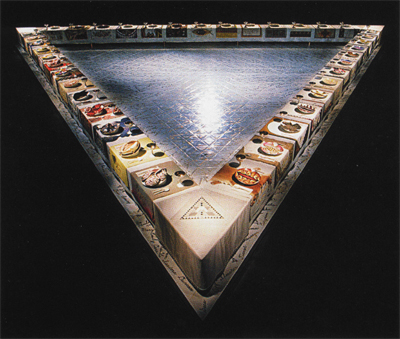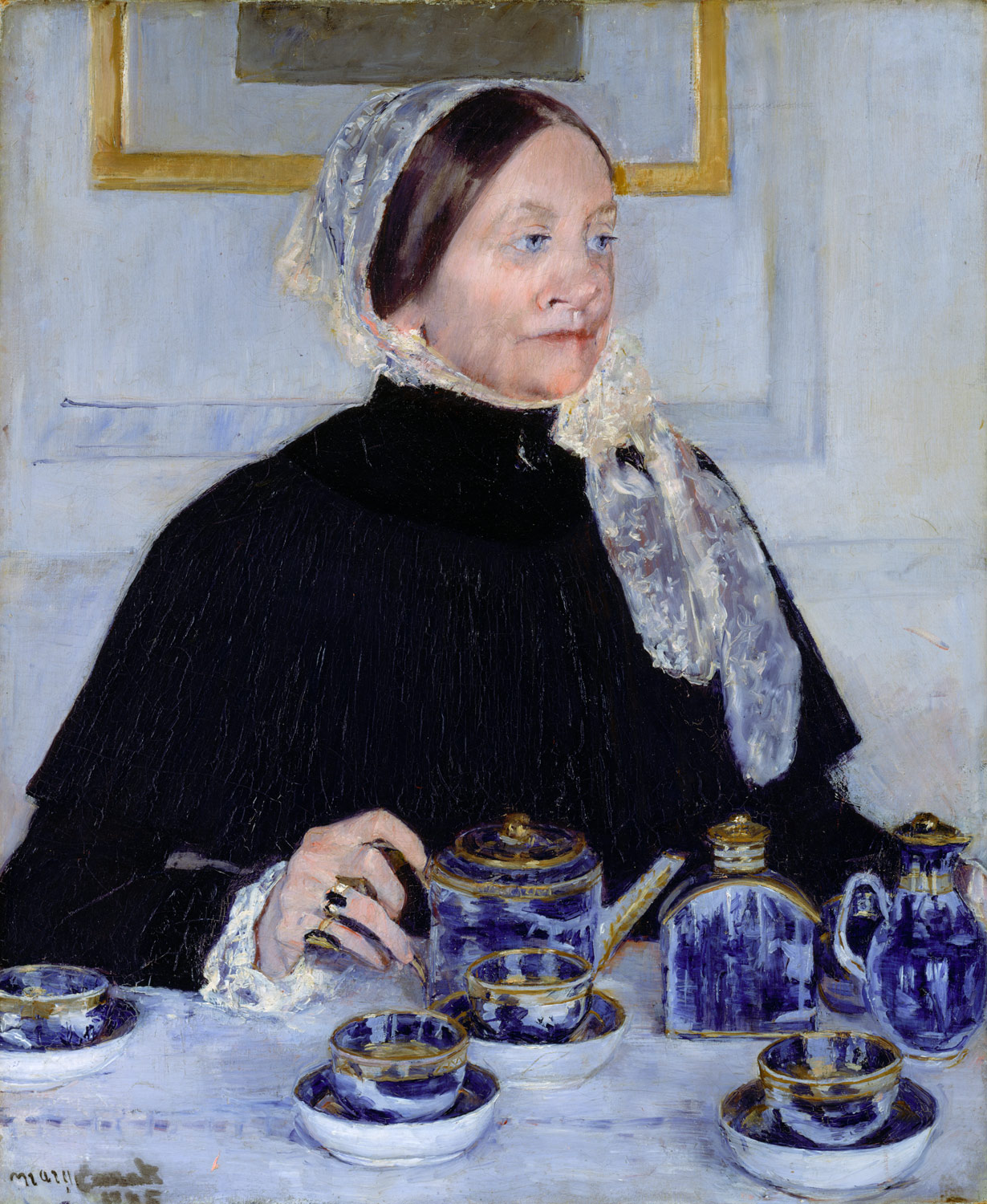Can you name 5 women artist?
Most of the people are dumfounded when they are on spotlight
of this question. However, if the same
people were asking to name five male artists, they would be able to answer the
question in matter of seconds. Why is this the case? The answer is so simple
yet its so disappointing that even in 21st century, women artist are
not given much credit. What people don’t comprehend is the fact that if these
woman artists weren’t part of art history, the state of art that exists at this
very moment wouldn’t be nearly as diverse and creative it is today.
Georgia O’Keeffe
To begin with Georgia O’Keeffe is one of the most
significant and intriguing artists of the twentieth century, known
internationally for her boldly innovative art. Her distinct flowers, dramatic
cityscapes, glowing landscapes, and images of bones against the stark desert
sky are iconic and original contributions to American Modernism.
 |
The White Flower
|
She was born on November 15, 1887. She has six other
siblings. Georgia Totto O’Keeffe grew up
on a farm near Sun Prairie, Wisconsin. She studied at the Art Institute of
Chicago in 1905-1906 and the Art Students League in New York in 1907-1908.
Under the direction of William Merritt Chase, F. Luis Mora, and Kenyon Cox she
learned the techniques of traditional realist painting. . By the mid-1920s,
O’Keeffe was recognized as one of America’s most important and successful
artists, known for her paintings of New York skyscrapers—an essentially
American image of modernity—as well as flowers. In 1929 she visited New Mexico,
where the art, landscape, and the culture gave a new direction to her art.
After her husband’s death, she settled in New Mexico in 1949. In the 1950s,
O’Keeffe began to travel internationally. She created paintings that evoked a
sense of the spectacular places she visited, including the mountain peaks of
Peru and Japan’s Mount Fuji. Unfortunately, she suffered from blindness in her
70s as she painted her last oil painting in 1972.
Sky Above The Clouds
Blue Morning Glories
Mary Cassat
Little Girl In Blue Armchair (1878)
|
Mary Stevenson Cassatt, born on May 22, 1844, was an
American painter and printmaker. She was born into a good financially stable
family, unlike many female artists. Cassatt was born in Allegheny City,
Pennsylvania. Cassatt grew up in an environment that viewed travel as integral
to education; she spent five years in Europe and visited many of the capitals,
including London, Paris, and Berlin. She had her first lessons in drawing and
music while abroad and learned German and French. Her first exposure to French
artists Ingres, Delacroix, Corot, and Courbet was likely at the Paris World's
Fair of 1855. Although her family objected to her becoming a professional
artist, Cassatt began studying painting at the Pennsylvania Academy of the Fine
Arts in Philadelphia, Pennsylvania, at the early age of fifteen, and continued
her studies during the years of the American Civil War. During her time in
college, only 20 percent of students were female artist. A lot of restrictions
were put on female students; they weren’t given equal education. For example, women
weren’t allowed to use live models for their subject. This disappointed Cassat
and she decided to end her schooling.
However, in 1866 she moved to Paris after her father stopped objecting
her career. Since women could not yet attend the Ecole des Beaux-Arts, she
applied to study privately with masters from the school. Clearly skilled, she
was accepted to study with Jean-Leon Gerome, a highly regarded teacher known
for his hyper-realistic technique and his depiction of exotic subjects.
Cassat was a major part of impressionism She became
extremely proficient in the use of pastels, eventually creating many of her
most important works in this medium. The Impressionist exhibit of 1879 was the
most successful to date, actually making a profit for each member and saving
the group from the "profound desolation" which had reigned "in
the Impressionist camp". Cassatt displayed eleven works, including La
Loge.
Sherri Levine
The work of the American Krugger, Sherman, Levine, Holzer, and Mary Kelly, all have achieved public prominence during 1980s for achieving the merge of post modernism and feminist theory. Levine re-photographs works of Walker Evans and Edward Weston.
 |
| After Walker Evans: 2 |
Levine’s work not only contests notions of originality and authorship but it situates those ideas within the premises of patriarchy. Levine was born in 1947 in Hazelton, Pennsylvania. She attended the University of Wisconsin in Madison, receiving her BA in 1969 and her MFA in 1973. She moved to Berkeley in 1973 and two years later relocated to New York. In 1977, Levine participated in the exhibition Pictures at Artists Space in New York, curated by Douglas Crimp. Levine is best known for her series of photographs, After Walker Evans, which was shown at her 1981 solo exhibition at Metro Pictures Gallery in New York. The works consist of famous Walker Evans photographs, re-photographed by Levine from an Evans exhibition catalogue and then presented as Levine's own artwork without manipulation of the images. The series, entitled After Walker Evans, became a landmark of postmodernism, both praised and attacked as a feminist hijacking of patriarchal authority. Some said that her work was the on the death of modernism.
Levine challenges to modernist notions of male authorship originality, and the autonomy of the art object has become central feature of post modern critical theory
 |
| African Masks After Walker Evans |
Judy Chicago
Chicago is one of the most
influential artist on today’s age. Her work has been challenging male dominated
world of art ever since 1970. “Chicago has chosen diverse and unusual media to
fit not only her aesthetic, but also the personal, social, and political
intentions of her imagery. Because of her gender politics and attention to
social commentary, as well as her use of diverse styles and media, Janson and
Janson’s history credits her not only for her role as a leader in the Feminist
Art movement but also as a forerunner of the late-20th-century movement known
as Postmodernism.” (Brooklyn Museum)
 |
| The Dinner Party |
The Dinner Party, proudly
exhibited at the Brooklyn Museum, is one of her most influential heritage. It represents
1,038 women in history—39 women are represented by place settings and another
999 names are inscribed in the Heritage Floor on which the table rests. This
monumental work of art is comprised of a triangular table divided by three
wings, each 48 feet long.
Shirin Neshat
 Neshat is a contemporary Iranian artist best known for her films exploring the relationship between women and the religious and cultural value systems within Islamic communities. Neshat was born on March 26, 1957 in Qazin, Iran Her Women of Allah series, created in the mid-1990s, introduced the hallmark themes of the discrepancies of public and private identities in both Iranian and Western cultures. The spilt-screened video Turbulent (1998) won Neshat the First International Prize at the Venice Biennale in 1999. She left Iran to study in the United States at the University of California at Berkeley before her home country’s Revolution in 1979. The artist currently lives and works in New York, NY.
Neshat is a contemporary Iranian artist best known for her films exploring the relationship between women and the religious and cultural value systems within Islamic communities. Neshat was born on March 26, 1957 in Qazin, Iran Her Women of Allah series, created in the mid-1990s, introduced the hallmark themes of the discrepancies of public and private identities in both Iranian and Western cultures. The spilt-screened video Turbulent (1998) won Neshat the First International Prize at the Venice Biennale in 1999. She left Iran to study in the United States at the University of California at Berkeley before her home country’s Revolution in 1979. The artist currently lives and works in New York, NY.


No comments:
Post a Comment